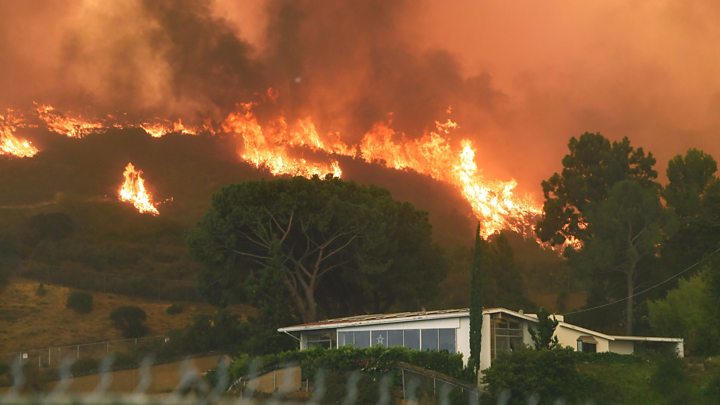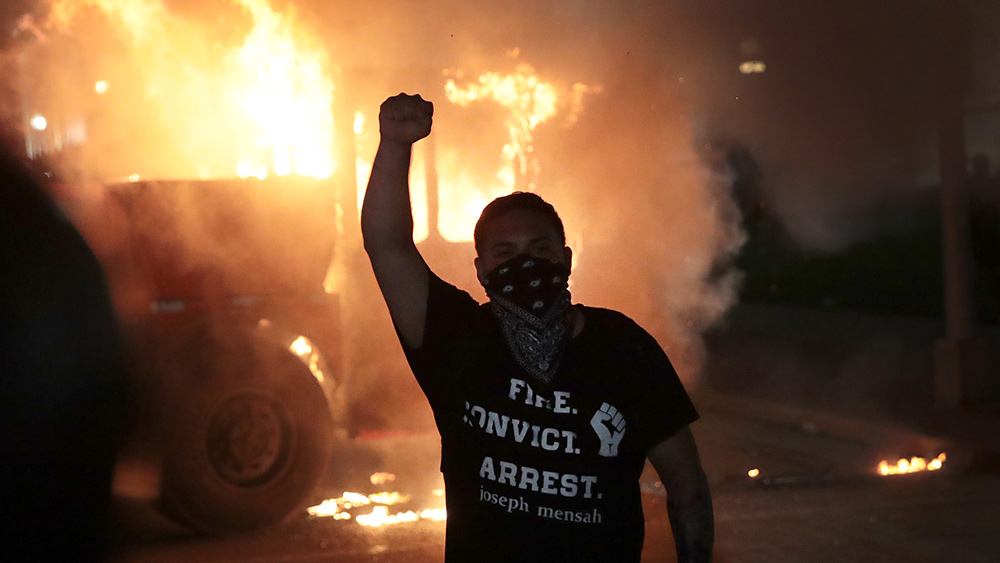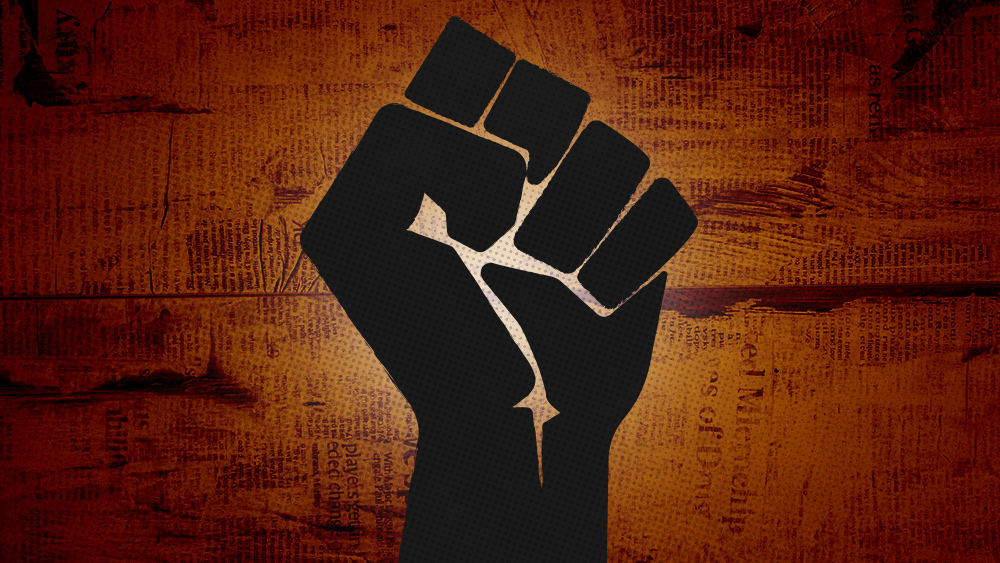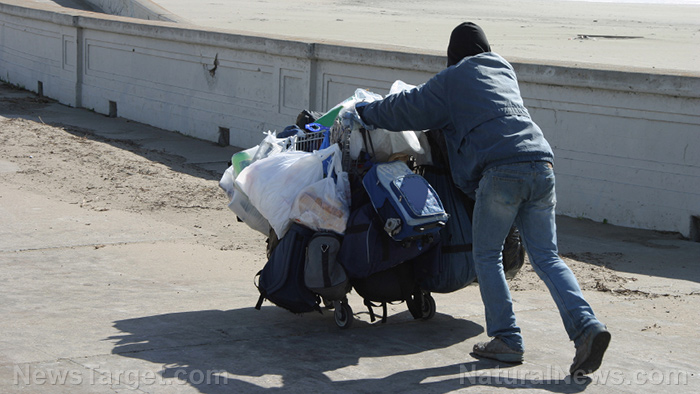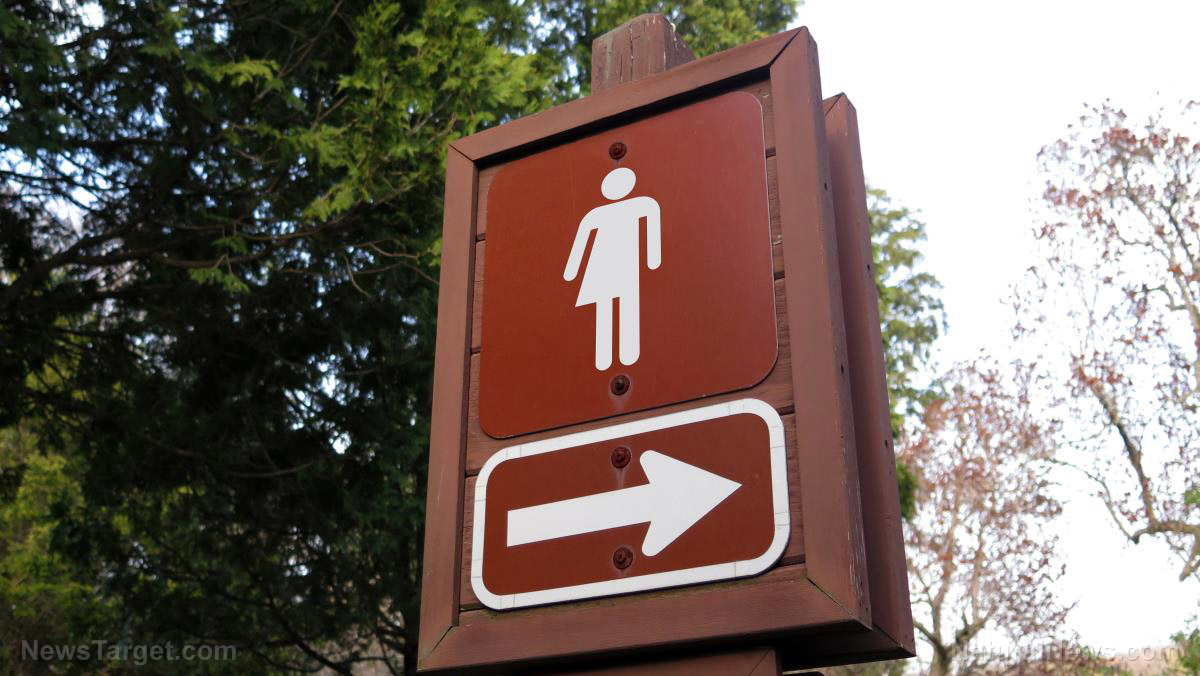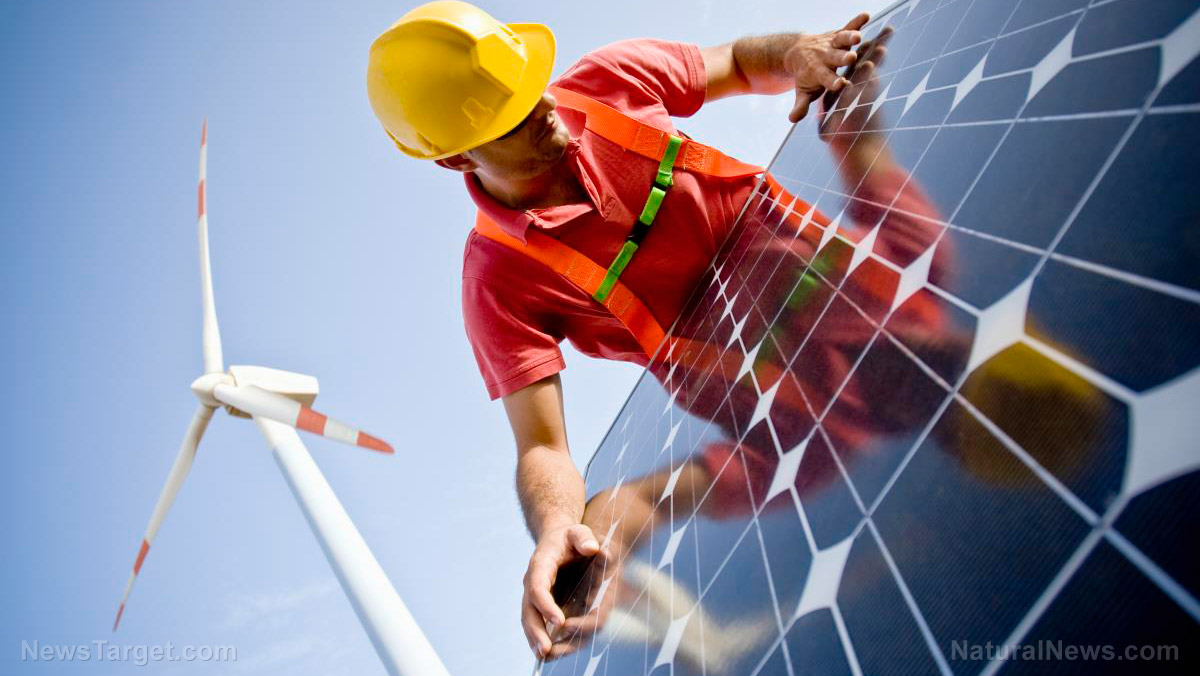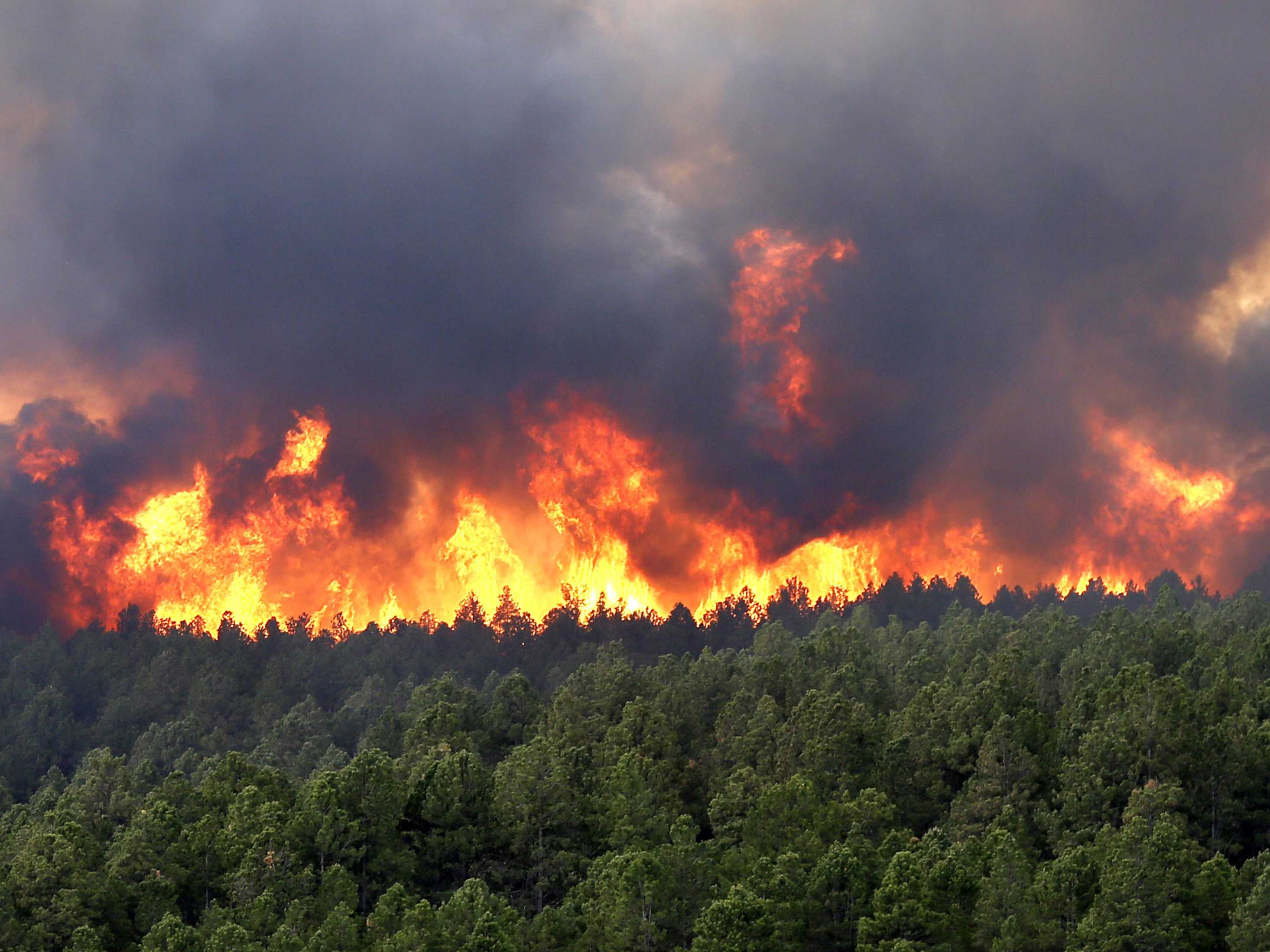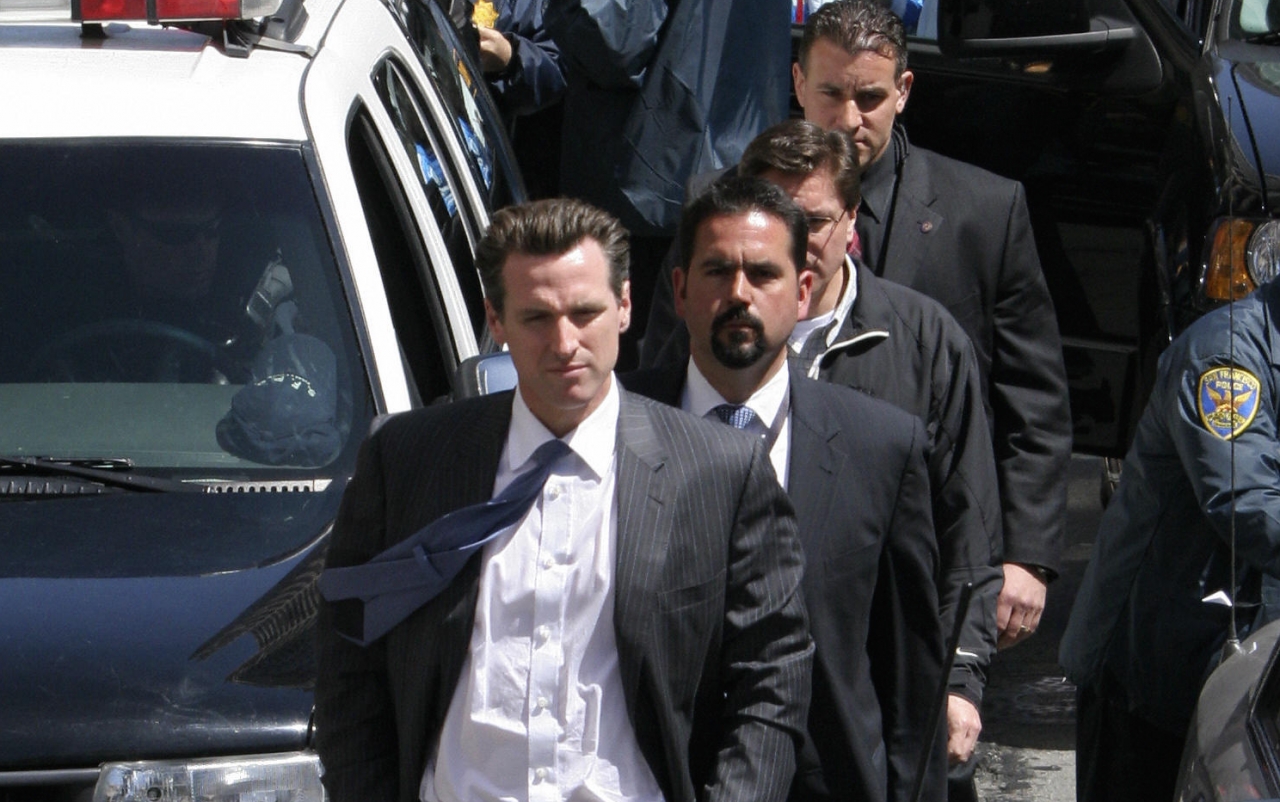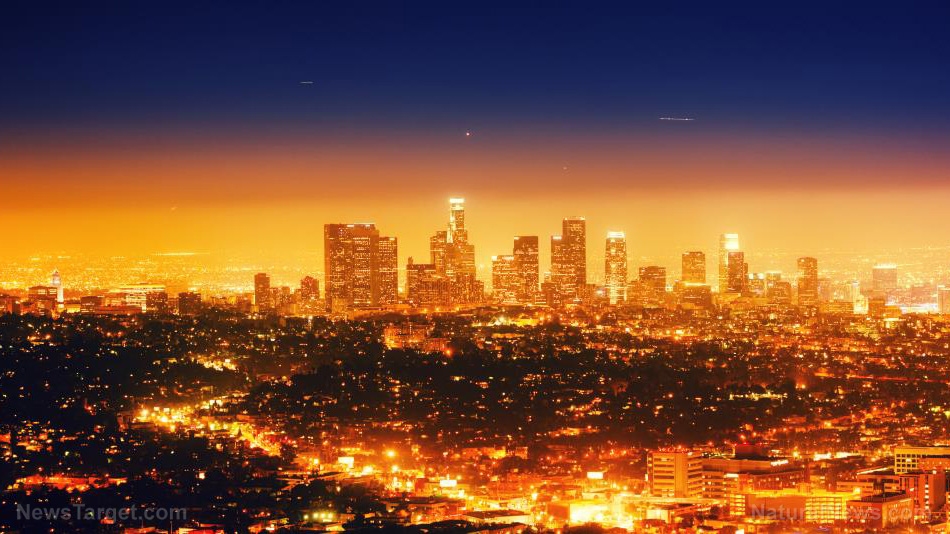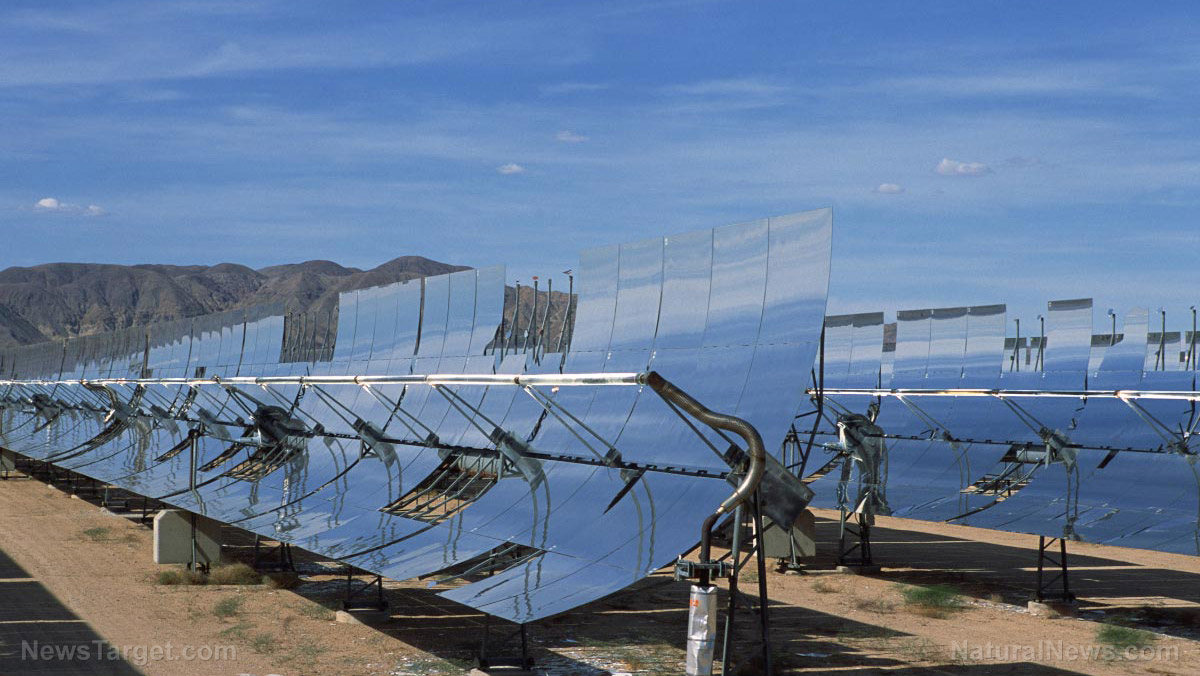Department of Energy issues emergency order to help California avoid blackouts
09/09/2020 / By Franz Walker
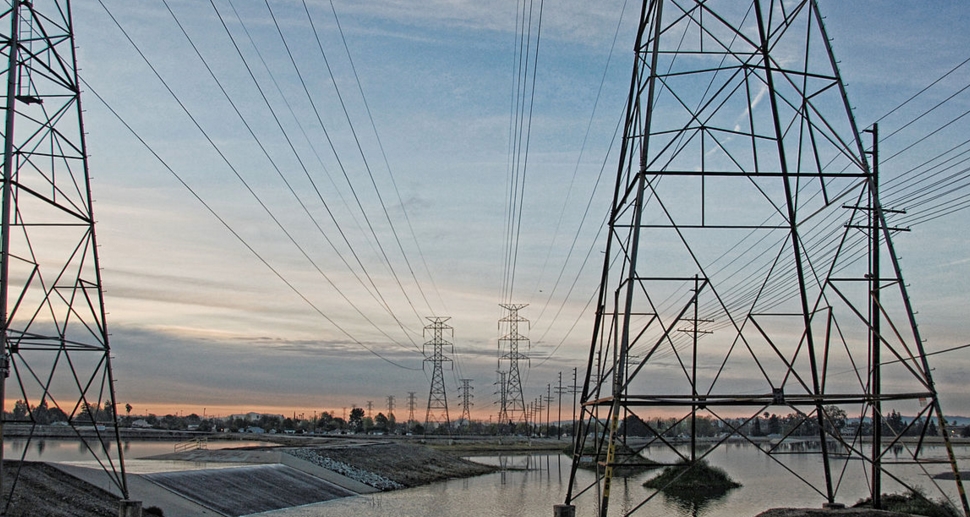
The Department of Energy (DOE) has issued a rare, seven-day emergency order to help preserve the reliability of California’s bulk power system. The order came after the California Independent System Operator (CAISO) made a request to the DOE on September 6.
The DOE’s order authorizes three natural gas-fueled power stations to operate at their maximum generation output. This is something they normally cannot do without exceeding federal air quality regulations.
The power plans at the center of the request included units 5/6 and 7/8 at the El Segundo Energy Center in El Segundo, Los Angeles; units one to five at the Walnut Creek Energy Park in the City of Industry, Los Angeles County and units one to four at the generating station in Long Beach, California. According to CAISO, up to 100 megawatts (MW) of electricity could be added to the grid from these plants operating at full capacity.
Order comes after Gov. Newsom declared state of emergency
In its request, CAISO stated that while California Gov. Gavin Newsom had proclaimed a “State of Emergency” related to the extreme heat on September 3 it did not suspend permitting requirements under federal law, such as National Ambient Air Quality Standards (NAAQS) relating to nitrogen oxide, ammonia, and other emissions. It did, however, suspend state and local air pollution limits that restricted how much power plants could produce.
When he declared a state of emergency, Newsom had asked plants across the state to produce “as much power as possible.” On September 5, however, the operator of the power plants mentioned above informed CAISO that it could not do so “without exceeding its federal air quality or other permit limitations.”
On the same day, CAISO lost approximately 1,600 MW of generation capacity as a result of wildfires that forced transmission infrastructure out of service.
Request comes as California faces further heat
CAISO’s request for federal assistance comes as the state entered into another week of extremely hot temperatures.
In a statement on Sunday, Newsom said that the state grid was predicted to “predicted to approach record energy” as a result of an “extreme heat storm” – the latest in a series of heatwaves that the state has been experiencing since August.
California’s Department of Forestry and Fire Protection has recorded over 7,400 wildfire incidents in 2020 so far. This brings it close to the 7,639 tally for all of 2018, which represents California’s deadliest wildfire season on record with 100 fatalities.
California’s power grid is the worst in the country
In line with the order, however, Energy Secretary Dan Brouillette has asked California policymakers to evaluate why the state’s grid is currently unable to accommodate stressor events. According to Brouillette, this could be alleviated with more base supply and natural gas generation.
Part of the blame could lie with the state’s own efforts to reduce its greenhouse gas emissions. Power plants across the state are unable to run at full capacity thanks to limits on their greenhouse gas emissions. Meanwhile, the state’s Emissions Performance Standard, established in 2006, has resulted in the closure of 11 coal-fired plants alongside the reduction of electricity imports from coal-fired plants outside of the state.
In addition, a significant chunk of the state’s power output – around 19 percent back in 2018 – comes from roof-top and utility-scale solar installations, the highest percentage in the country. This means that power output drops significantly during the evening and nighttime house. This becomes a problem in the former when people are still running air conditioners to deal with hot evenings during the heatwave. (Related: Rolling blackouts demonstrate why California’s “green” power grid is the worst in the country.)
As a result of this, California’s power grid has been called the least reliable power system in America, according to data from Eaton Corporation. For the past decade, it has led the nation in power outages every year, with more than double that of the next highest state, Texas.
Future “green” efforts could make things even worse for Californians. In 2018, then Gover. Jerry Brown signed a bill committing the state to obtain 100 percent of its electricity from “clean energy” sources by 2045. Unless it can address the current issues with its grid, however, the state could be facing even power issues in the not-so-distant future.
Follow Electricity.news for more on the current and future blackouts that California could be facing.
Sources include:
Energy.gov 1 [PDF]
Energy.gov 2 [PDF]
Tagged Under: blackout, bugout, California, coal power, Collapse, Department of Energy, electricity, energy, environment, Gavin Newsom, green energy, grid down, infrastructure, power, power grid, Power Outage, preparedness, rolling blackouts, rotating outages, solar power
RECENT NEWS & ARTICLES
COPYRIGHT © 2017 CALIFORNIACOLLAPSE.NEWS
All content posted on this site is protected under Free Speech. CaliforniaCollapse.news is not responsible for content written by contributing authors. The information on this site is provided for educational and entertainment purposes only. It is not intended as a substitute for professional advice of any kind. CaliforniaCollapse.news assumes no responsibility for the use or misuse of this material. All trademarks, registered trademarks and service marks mentioned on this site are the property of their respective owners.

